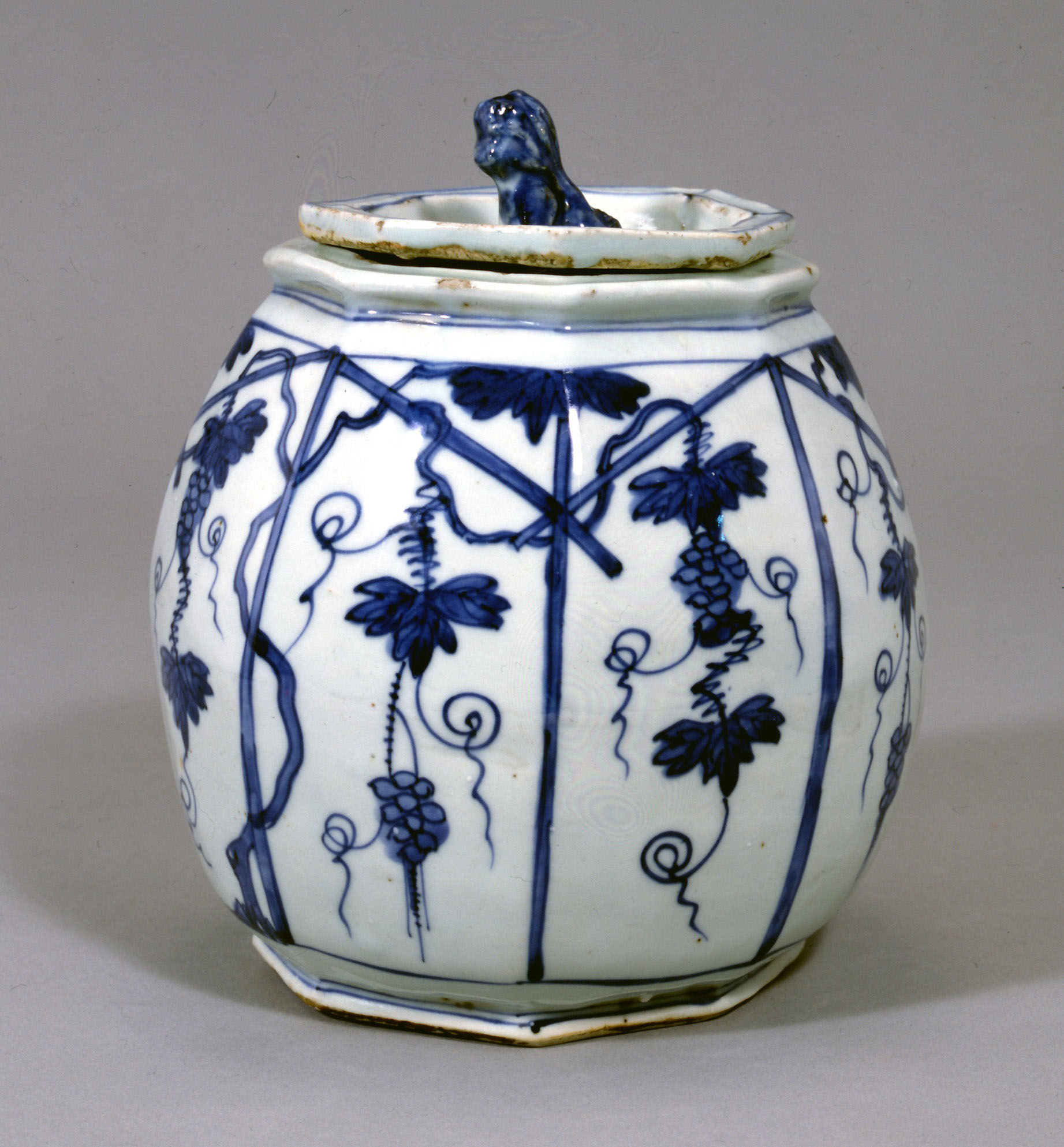Interested in knowing more about the popular Blue and white Japanese art sold across the world? Whether it’s a vase or painting you’re looking for have got just the information that you are looking for.
Over the turning centuries Japan has exercised its creative muscles through a number of different mediums. Ceramics happens to be one of the mediums through which Japan has managed to make a big name for itself. The many different forms of ceramics that the Japanese people have created over the years have now found world wide acclaim.
The long history of Japan reveals that there have been many different kinds of ceramics that the Japanese people have been involved in. One of these types is known as Arita ware. This particular style of ceramics is primarily known as blue and white ceramics and has been a much favored style throughout Japan as well as Europe for over four hundred years.
The foundation for blue and white ceramics was laid down back in 1616. This was when a Korean ceramist named Ri Sanpei made his way to Japan. Over here he discovered a rich deposit of porcelain stone at a place known as Izumiyama in Arita. This region is today known as Arita-machi and comes under Saga Prefecture.
Japanese Porcelain
The Korean ceramist is credited as being the producer of the first real porcelain piece with the material that he discovered. The discovery of the porcelain stone deposits gave birth to the ceramics industry which soon began to flourish in Arita. The Japanese were very keen on preserving the special technique they used for the over glaze of their porcelain products. They set up a magistrate’s office in the region in order to oversee the production of the ceramics as well as prevent the secret from leaking out to outsiders.
The trade mark Arita ware consisted of blue designs that were made up on white material. With the passage of time the overglaze technique was perfected and the Japanese began to introduce red color into their designs as well. Slowly and gradually you had beautiful designs in all sorts of bright colors like yellow, red and green. But it is the blue on white background that still stands as the trade mark of arita ware and is still sought after by the world.
In the 1690s the techniques were further upgraded and now the porcelain products consisted of blue underglaze patterns in combination with detailed overglaze paintings and patterns. The Japanese continued to produce gorgeous products and they would often use gold to enhance the physical appearance of the products. This style of ceramics had a big influence on the ceramics industry of Europe.
In less than a century arita ware became an exemplary refined art form as the Japanese people developed and perfected different techniques. Today some of the antique blue and white porcelain products are showcased in museums as relics of the golden days of Japan.





